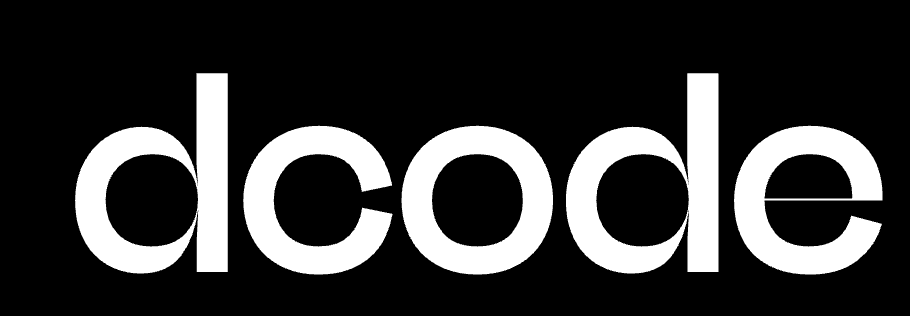A graduate of Y Combinator’s 2015 class, Gravitational helps software developers to reduce operational overhead and address security and compliance requirements normally associated with delivering cloud applications in across multiple cloud providers and on-premise environments.
On the security front, Gravitational allows security professionals to easily implement privileged access management (PAM) policies across all of their cloud environments and on-premise infrastructure. The top benefits are: visibility into access and behavior, enforcing compliance requirements and reducing operational overhead, across all infrastructure form factors.
Gravitational founder Ev Kontsevoy previously founded Mailgun in the Y Combinator 2011 class. After a $1.2 million raise and an acquisition by Rackspace, Kontsevoy first had the idea for Gravitational when he saw some of the difficulties companies had hosting SaaS programs in the cloud.
Gravitational’s products are all single sign-on (SSO), working with identity providers like Microsoft’s Active Directory or any SAML provider. SAML stands for Security Assertion Markup Language, which is a standard for exchanging authentication and authorization data between security domains. What does all that mean? Gravitational products are designed so that users need to sign in only once with one account to access the applications and data they need rather than having various application-specific logins.
One of Gravitational’s products is Teleport, a PAM solution that increases control and monitoring for enterprise engineers and decreases the risk of hackers. Teleport allows engineers to access company servers securely across multiple public or private clouds, from any device or location, without compromising company security and compliance requirements.
Teleport is the first and only cloud-native PAM solution and uses the Zero Trust security model, which requires strict identity verification to access data or resources within a private network. Legacy solutions rely on network and perimeter security.
Gravitational designed Teleport to work in elastic environments, where thousands of servers can be created or destroyed instantly, and users are expected to connect from any device (“bring your own device” aka BYOD). Teleport is also 100% cloud-agnostic, meaning that it can run on any cloud service.
Perhaps unsurprisingly, many of the customers buying Teleport are chief security officers or VPs of infrastructure or infrastructure engineering at mid-sized companies with more than 500 servers. Often times, potential customers become extremely interested in Teleport when their companies are growing fast and updating their technology. Think upcoming security audits or infrastructure expansions and migrations.
One health tech customer uses Teleport to remotely push software updates to healthcare providers’ on-prem environments behind firewalls. Two giant customers came to Gravitational because they needed a compliant way for their engineers to access servers remotely across multiple Amazon Web Services accounts during a massive migration. A more unique use case so far is the company using Teleport to prepare for going public and needing to enforce security compliance.
Gravitational is in the process of going through FedRAMP and is interested in working with government contractors, consultants, and value-added resellers. For our readers who have not yet encountered FedRAMP: the Federal Risk and Authorization Management Program assesses, authorizes, and monitors cloud products and services for federal agencies.
Upwards of 430 departments, agencies, and sub-agencies exist in the federal government, each with its own outdated IT systems and seemingly infinite amounts of data. The federal government employs roughly 4,205,576 people, many of them using government-issued devices and many working remotely. Catch our drift?
Imagining how a solution like Gravitational’s Teleport might improve the way government operates is not hard. Breaking into the federal market is.
Learn more about our acceleration program for tech companies looking to break into and scale in the federal market here →

